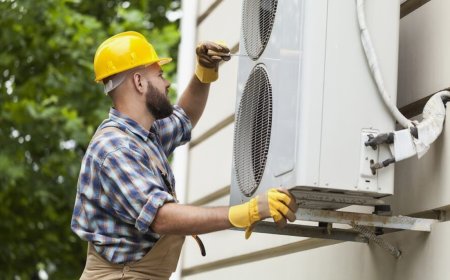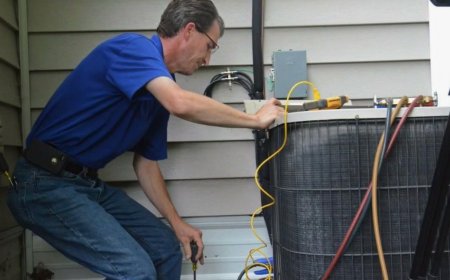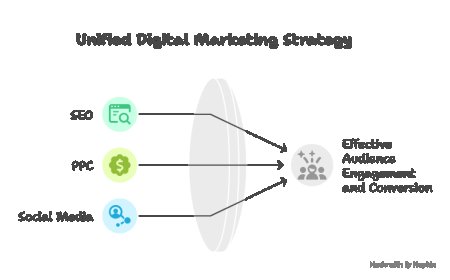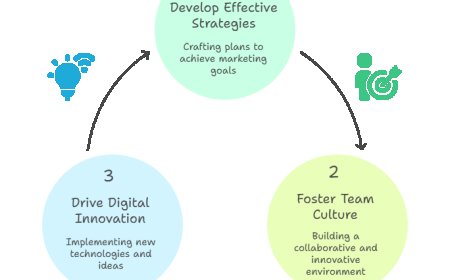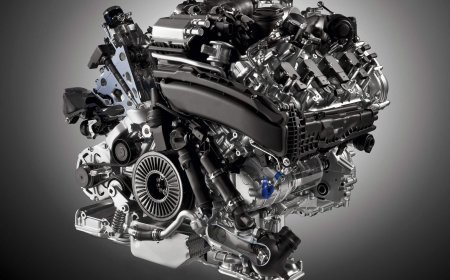Saving the Planet One Bonnet at a Time: How Car Wreckers Help the Earth
Learn how car wreckers play a part in reducing waste and protecting nature. Discover the environmental role of Free Car Removal Townsville services.
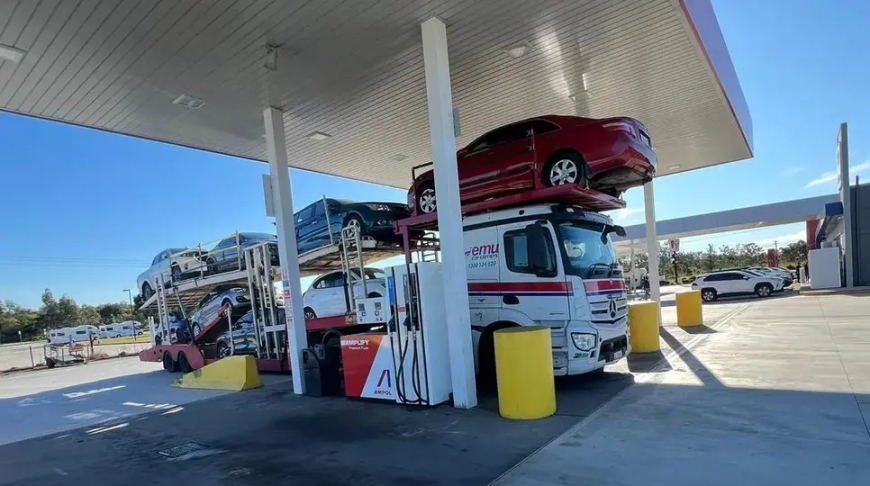
When a car breaks down for the last time, many people think its journey ends there. But beyond the rust, oil stains, and worn-out tyres lies a hidden opportunity to do something better for the planet. Car wreckers take on the task of giving old vehicles a new purpose and in the process, they help protect soil, air, and water.
This article takes a closer look at how the wrecking process works, what materials are recovered, and how each step can support the environment. Car wreckers are not just cleaning up driveways and paddocks. They are part of a wider effort to manage waste, reuse resources, and cut down on pollution.
What Happens to Cars After Their Last Drive
Every car reaches a point where it no longer makes sense to keep fixing it. Mechanical failure, high repair costs, or age can lead owners to stop using the vehicle. In many cases, the car ends up parked and forgotten.https://northcoastwreckers.com.au/
When this happens, the vehicle can slowly leak fluids, attract pests, and take up space. It also poses risks to soil and water. To stop these effects, car wreckers step in to collect, sort, and recycle each part of the vehicle.
Fluids That Harm the Environment
Old cars often hold fluids even after they stop working. These fluids include:
-
Engine oil
-
Brake fluid
-
Power steering fluid
-
Coolant
-
Petrol or diesel
-
Transmission fluid
If left untreated, these fluids can leak into the ground or waterways. One litre of oil can contaminate a million litres of water. Removing these liquids safely is one of the first steps taken by wreckers. They drain the fluids and send them to special facilities for treatment or reuse.
Taking Apart the Car
Once the fluids are removed, the wrecking team begins to strip the car. They check for any working parts such as:
-
Alternators
-
Radiators
-
Gearboxes
-
Windows
-
Seats
-
Doors
These parts can be used again in other vehicles, which means fewer new parts need to be made. That saves raw materials and cuts energy use in manufacturing.
Metal Recycling and Its Impact
The body of a car is mostly made of metal, including steel and aluminium. Once the usable parts are taken out, what remains is often crushed and sent to a metal yard. There, it is shredded, sorted, and melted down.
Recycling metal uses far less energy than making new metal from ore. It also cuts down on mining, which damages land and uses a lot of water. For example, recycling steel saves about 74 percent of the energy that would be used to make it from raw materials.
Rubber and Tyres
Car wreckers also collect tyres, which are a major waste issue. Old tyres are often dumped or burned, which can release harmful chemicals into the air and soil. Tyre fires are hard to control and create smoke filled with dangerous substances.
When handled properly, tyres are sent to recycling plants. There, they are turned into crumb rubber for use in roads, sports grounds, or playgrounds. Some are used as fuel in controlled environments.
Plastics and Glass
Modern vehicles also include a lot of plastic and glass. These materials come from dashboards, lights, windows, and trims. If not sorted properly, they end up in landfill where they take hundreds of years to break down.
Car wreckers sort these materials and send them to recycling centres. Glass can be crushed and reused in bottles or insulation. Plastics are turned into pellets and used in new products.
How Car Wreckers Lower Emissions
Car wreckers reduce the need to create new materials. This saves energy and lowers emissions. Mining, smelting, and manufacturing all release greenhouse gases. When fewer new parts are needed, those emissions go down.
By reusing metal, plastic, and rubber, wreckers support a cycle that gives materials more than one life. This helps cut the overall impact of vehicles on the environment, even after they stop running.
Local Wreckers Make a Difference
Across the country, car wreckers help remove vehicles that would otherwise pollute land or sit unused for years. One local business in Townsville has created a smooth process for removing unwanted vehicles and making sure they are handled the right way.
Their Free Car Removal Townsville service helps people clear their yards while also supporting proper recycling. They work with yards that follow rules around safe fluid removal, parts sorting, and material reuse. By offering to pick up vehicles and send them to the right places, they reduce waste and support a cleaner region.
What You Can Do with an Old Car
If you have a vehicle that no longer works, there are steps you can take to make sure it is handled well:
-
Take out all personal items
-
Remove the number plates
-
Contact a car removal service
-
Ask about recycling and where the vehicle goes
-
Make sure the car is sent to a proper wrecking yard
Doing this will keep harmful materials out of the soil and water, and allow many parts of the car to be used again.
A Small Step with a Big Effect
It may not seem like much handing over a broken car but the outcome matters. Each vehicle holds metal, oil, rubber, and plastic that can either pollute or be put to use again.
Car wreckers take on the job of turning waste into material that works for the planet. From reducing emissions to stopping leaks and fires, their work helps communities stay clean and safe.





